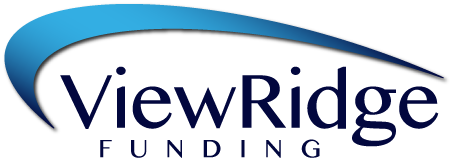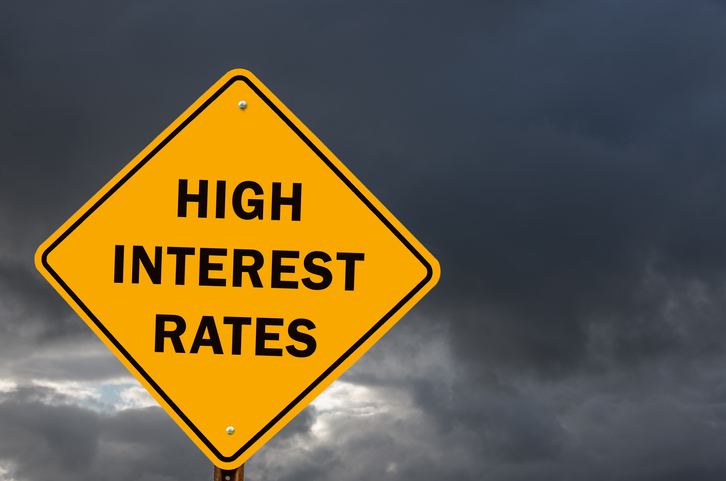Small businesses play a vital role in the growth of the economy. The challenge is that high interest rates on loans are making it difficult for small business owners to access the funds that they need. With rising interest rates, the borrowing costs become unsustainable, and the feasibility of the investment becomes questionable.
In this blog, we will explore the cause of the continued rate hike, how the high interest rates will affect the borrowing habits of small businesses, and what can be done to ensure that entrepreneurs can access funding at a fair cost.
Current Market Conditions
Following the recent collapse of Silicon Valley Bank and Signature Bank, the credit landscape has shifted dramatically for small businesses. Many of the small and midsize banks that typically serve this sector have been hit particularly hard by the economic repercussions of these collapses. As a result, they are being forced to take more drastic steps to stabilize their own financial situations, such as cutting back on loans, raising interest rates, and instituting stricter requirements for loan qualifications.
According to the latest Biz2Credit Small Business Lending Index released in February, the approval rates of small business loan requests at big banks have fallen to their lowest levels in nine months. This precipitous decline signals a changing trend within lending practices for small businesses. The index reports that while approval rates are decreasing at big banks, they are increasing at alternative lenders. This suggests that small business owners may need to look beyond traditional banking institutions for their lending needs.
Even companies that have already established lines of credit are not immune from the looming interest rate hike. As the Federal Reserve continues to raise interest rates, all forms of borrowing become more expensive for businesses. This could include traditional bank loans, bonds, and even credit cards—all of which have been relied on for years by many businesses. The increase in borrowing costs could make it more difficult for businesses to make necessary investments or even cover day-to-day expenses, further straining their bottom lines.
Shifting Borrowing Habits
The shift in borrowing habits could spell disaster for small businesses, who are already fighting an uphill battle.
Limited Access to Funding
Small businesses have been severely impacted by the recent economic downturn, as access to necessary funding has become increasingly limited. Banks are rejecting loan applications at unprecedented rates, and those that do receive approval often face sky-high interest rates that make it difficult to adequately cover operational costs. Without sufficient funding, small businesses are unable to make their dreams of success a reality.
Higher Debt Servicing Costs
When interest rates are high, business owners face the difficult challenge of having to generate greater profits to service the debt incurred for operations and expansions. This often means that certain cost-cutting measures must be taken or more investments made to break even or turn a profit when economic conditions are tough. In addition, businesses may also need to adjust their pricing strategies in order to remain competitive.
Reduced Profitability
When the interest rate rises, it affects the profitability of businesses in a few ways. Companies must pay more for money borrowed from banks and lenders, reducing their profit margins on the products and services they sell. At the same time, higher rates also decrease the demand for borrowing as potential consumers become unwilling or unable to take on larger debt payments. As a result, businesses may find it harder to sell their products and services on credit, leading to lower sales which could further impact profitability.
Another consequence of an increased interest rate is the drop in stock prices of companies that are listed publicly or traded on exchanges. Higher rates often lead to higher inflation, resulting in investors being less willing to invest money in stocks or businesses. This could reduce the amount of capital available for a business, further reducing profitability.
Risk of Insolvency
When interest rates rise and market conditions become unpredictable, businesses face a greater risk of insolvency. Companies that are unable to generate sufficient revenue may find it difficult to pay their bills and meet payroll requirements, resulting in missed payments or defaulting on debts. The lack of stability in the market is preventing businesses from obtaining loans or other forms of financing that could provide them with the necessary capital to stay afloat. Without adequate funding, businesses may find themselves unable to continue operations.
Economic Threat
When small businesses fail, it can have a devastating effect both on the business owner and on those who depend on the business for their livelihoods. Employees suffer due to layoffs or reduced hours, suppliers may be unable to continue to pay for production materials, and communities feel the impact as taxes and other payments to the local government are no longer being made, leading to less money available for public services such as schools and infrastructure. Finally, when small businesses fail, it has a negative impact on consumer confidence. All of this can have ripple effects throughout the market, invariably stifling innovation and further reducing the growth and diversification of the economy, which will have dire consequences in the long run.
Securing Capital
Many small businesses may be unable to survive in the current economic climate, where high interest rates are becoming commonplace. Companies of all sizes have had to tighten their belts to stay afloat, but those with limited capital and resources have been hit particularly hard. Small businesses require a certain amount of income to stay afloat; as interest rates rise, companies find themselves squeezed by higher costs and lower revenue. This makes it difficult to afford the necessary expenses for growth and survival.
To combat this issue, alternative lenders are stepping up to provide more accessible financial options.
Since alternative lenders are not subject to the same regulatory restrictions as banks, they have greater flexibility to provide loans with lower interest rates even in an unfavorable economic climate. Alternative lenders offer several advantages including more flexible requirements, faster approval times, and a greater acceptance rate than traditional banks. They can also tailor their terms to the individual borrower’s needs, allowing them to adjust their fees and repayment schedules based on the borrower’s financial situation. Furthermore, alternative lenders are often willing to work with borrowers who have poor credit histories or lack sufficient collateral. They also offer services that traditional banks do not, such as merchant cash advances and equipment leasing options. These give business owners immediate access to funds to purchase necessary equipment, inventory, or supplies. The growth of alternative lending has been a boon for small businesses and individuals who have struggled with the rising rates and more stringent criteria of traditional banks. Alternative lenders provide a viable option for those seeking financing, allowing them to access the funds they need quickly and easily. With the emergence of alternative lenders, borrowers now have more choices when it comes to obtaining the financial assistance they need.

